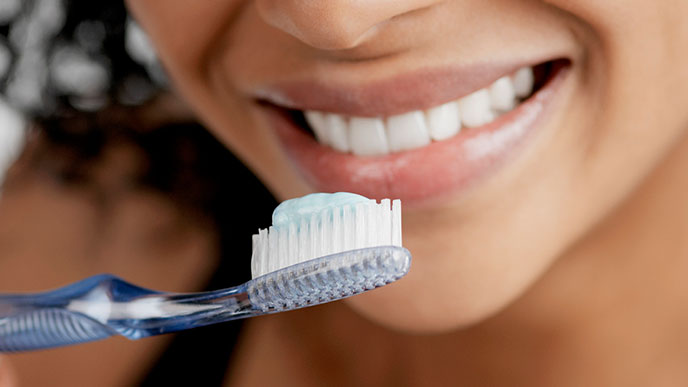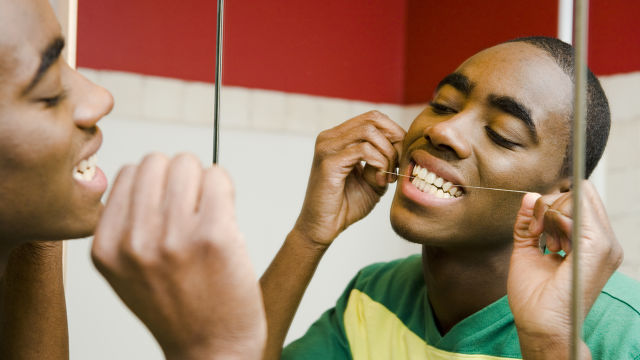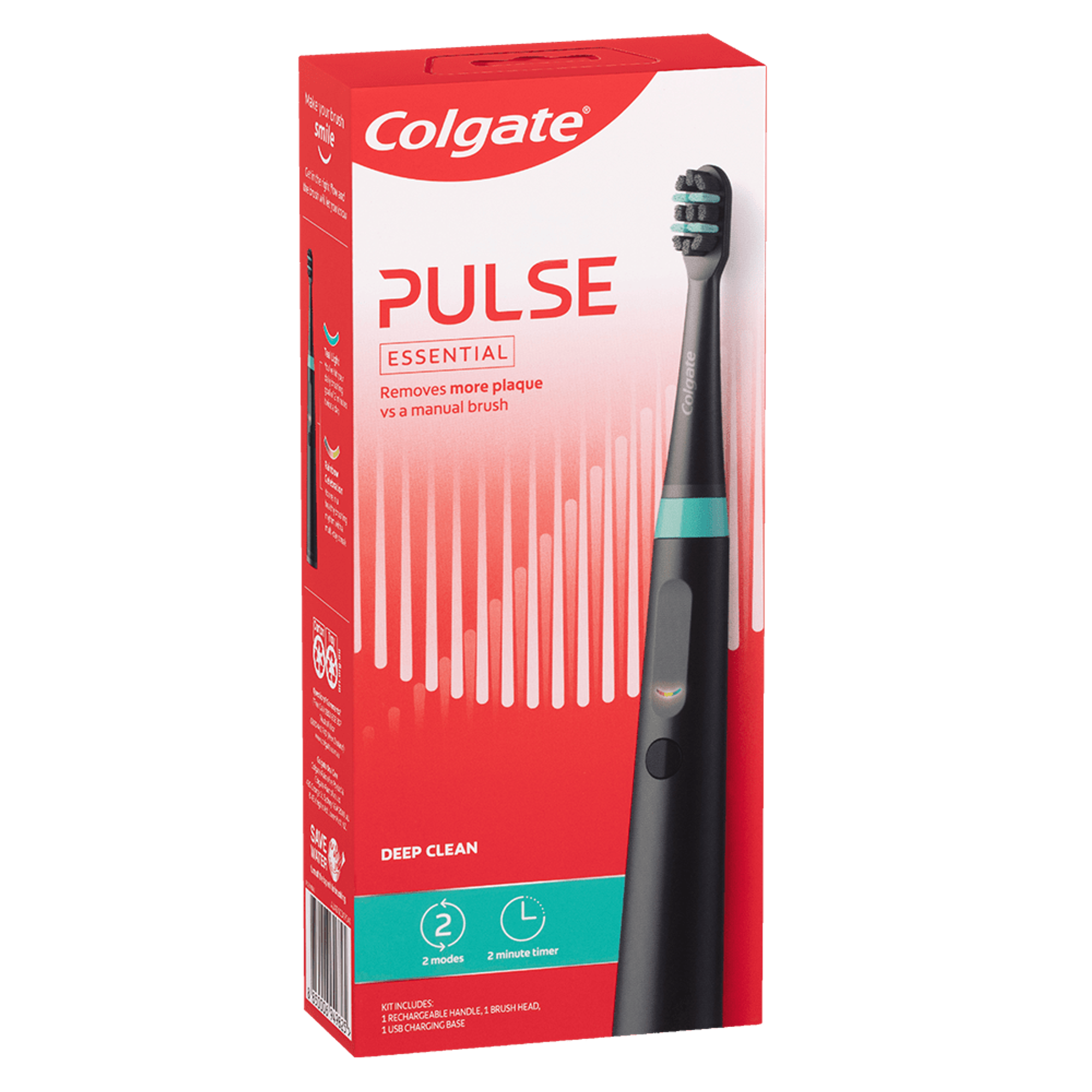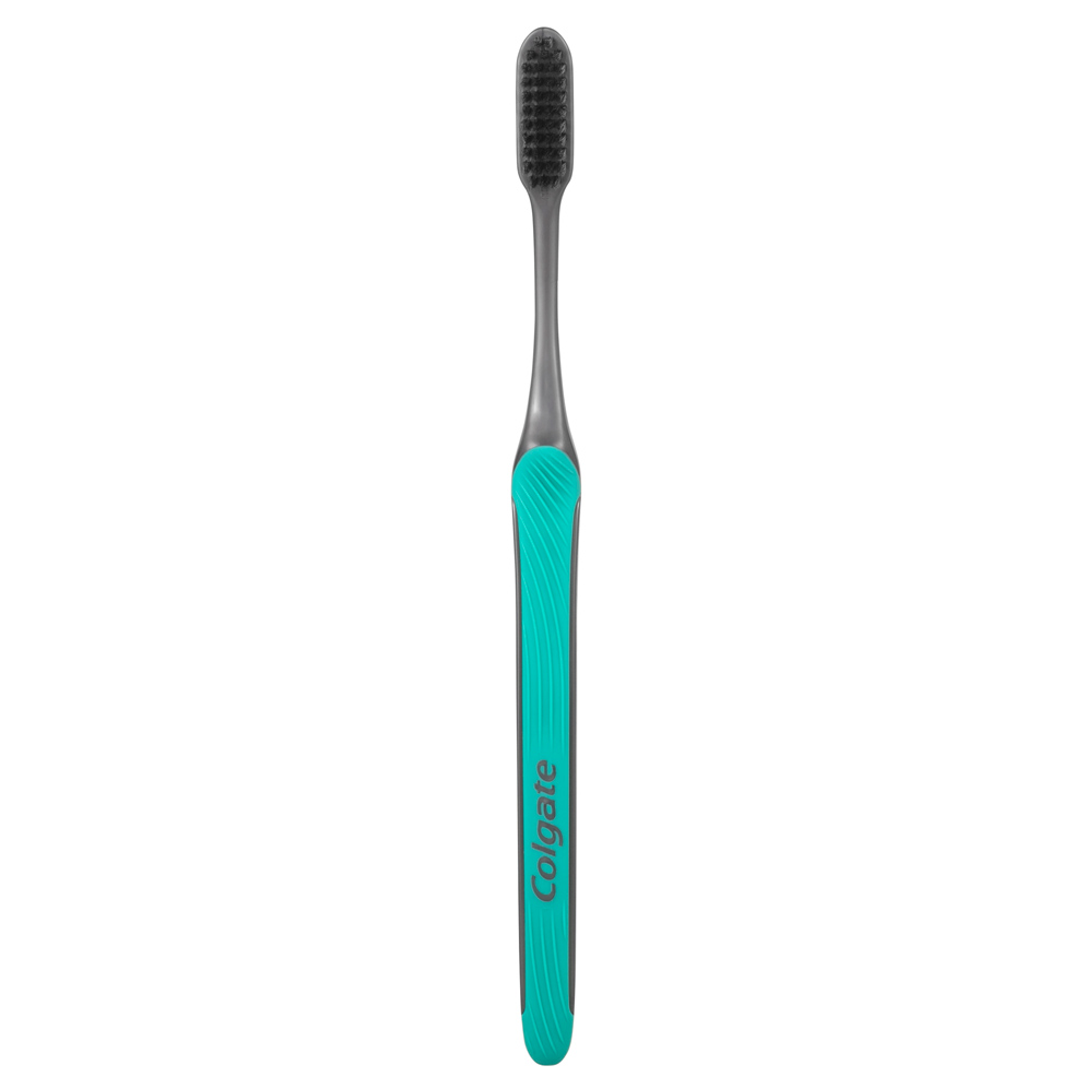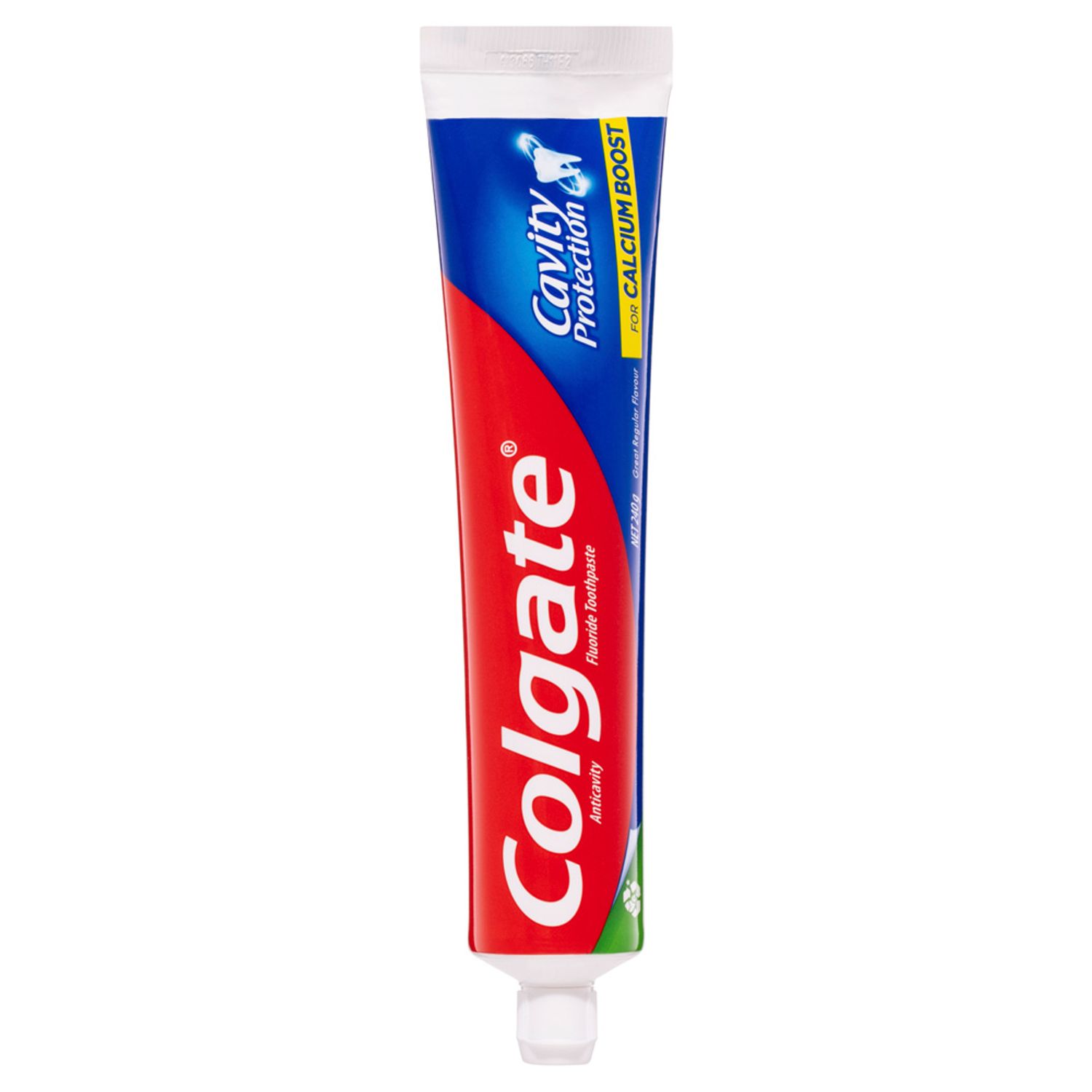-
-

BRUSHING & FLOSSING
How to BrushWhat Is the Right Way to Brush?
Proper brushing takes at least two minutes — that's right, 120 seconds!...

BRUSHING & FLOSSING
How To FlossWhat is the Right Way to Floss?
Proper flossing removes plaque and food particles in places where a toothbrush cannot easily reach... -
Science & Innovation
- Colgate® | Toothpaste, Toothbrushes & Oral Care Resources
- Oral Health
- Don’t Be Strung Up By Floss: How-To Guide For Flossing


Knowing how to floss properly is essential to maintain good oral hygiene. Flossing helps remove plaque and helps prevent cavities and gum problems by cleaning those tight spaces between the teeth that your toothbrush can't reach. Take the time to learn how to floss properly to ensure your teeth are healthy and beautiful for years to come.
Floss Once a Day
The American Dental Association (ADA) recommends flossing your teeth once a day. If you adopt the habit of flossing before you go to bed at night, you won't need to worry about flossing more than that. Excessive flossing is ineffective and can actually cause damage and irritation to sensitive gum tissue.
Use a Gentle Touch
It's important to be gentle when flossing. Many people apply a lot of pressure or use a vigorous sawing motion, thinking this will clean their teeth. But this kind of forceful flossing can irritate the gums. Instead, floss lightly. Do not force or snap the floss against the gums. Try to use the side of the tooth to slide the floss gently into place.
Apply the Right Technique
Instead of applying too much force or flossing excessively, use the right flossing technique to leave your teeth sparkling clean without any pain.
- Dispense about 45 centimetres of floss.
- Hold a short amount of floss between your thumb and fingers, and insert it between your teeth.
- Curve the floss around each tooth in a "C" shape.
- Gently move the floss using a slow back-and-forth and up-and-down motion, including under the gumline. Be careful not to apply too much pressure.
- Use a new, clean section of floss for each tooth.
This article is intended to promote understanding of and knowledge about general oral health topics. It is not intended to be a substitute for professional advice, diagnosis or treatment. Always seek the advice of your dentist or other qualified healthcare provider with any questions you may have regarding a medical condition or treatment.
Related Products

Helping dental professionals
More professionals across the world trust Colgate. Find resources, products, and information to give your patients a healthier future




